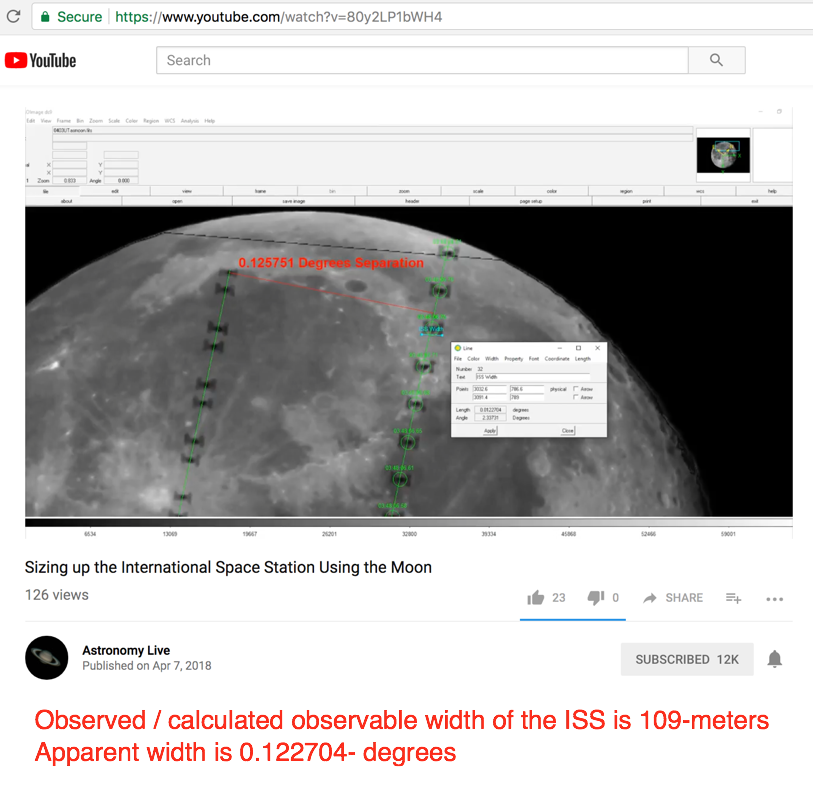

We could push it to a higher orbit where there's essentially no air drag and it could stay there unbothered. So if we’re not happy with the other two options-leaving it in LEO and reboosting it from time to time, or allowing it to re-enter and crash into the ocean-there’s only one possibility left. Using a heat shield and the Earth's atmosphere to slow down is free-and no one wants to turn down free.īut if it's not possible to stop the ISS before bringing it down through the atmosphere, there's really no hope of getting it back to Earth in one piece. OK, maybe you can see why spacecraft don't use rockets to de-orbit. The remaining debris might make it to a museum exhibit, but not one you could walk through. So at the very least, parts of it would burn up on reentry. Some spacecraft, like the Space Shuttle or the SpaceX Crew Dragon, have a heat shield, material that insulates the rest of the craft from all that hot air. The same thing happens as an object moves quickly through the atmosphere: The compressed air in front of it heats up, and the object itself gets hot. You might have noticed while pumping up a bike tire that the tire gets hot as you pump more air in it’s because it’s compressing the air already in the tube. Pressing more air into the same space causes a compression. This is a problem-because there is already air there. Some of this air gets pushed to the side, but much of it is pushed forward. Orbital objects are going really fast, and when they start to move through the atmosphere, they push the air in front of them, because that air gets in their way. As an example, pieces of Skylab made it through the atmosphere upon reentry in 1979 and hit the Earth as debris.īut anything that falls through the atmosphere gets super hot. I had two motivations to capture the experience: one was to be able to recall it myself but the bigger motivation was to vicariously bring that unique experience to people back home on Earth.”Īs the ISS residents gaze down on us, we have looked back up at them traversing the sky 350km overhead.Although reentry can be a violent event and completely destroy many objects, it’s quite possible that something the size of the ISS would at least partially survive. “The variety of what you can see is endless in terms of studying Earth. Those who use social media have captivated us with breathtaking views of Earth photographed from the famous Cupola – “the window on the world”, as Williams describes it, himself an avid photographer and part of the crew who installed it on the ISS in 2010.
INTERNATIONAL SPACE STATION SIZE HOW TO
In their spare pockets of time ISS astronauts indulge our curiosities, showing us how they use the toilet, or how they sleep and eat, and even how to play a prank in space – the answer, if you’re US astronaut Scott Kelly, is to don a gorilla suit, jump out of a cargo box and chase a terrified Tim Peake through the ISS. They are their own minor-injury medics, cleaners, photographers and even hairdressers, and must exercise for at least two hours everyday to prevent bone and muscle deterioration. The razor includes a vacuum hose to suck up hair follicles and prevent them floating away. Have you ever wondered how astronauts get their hair cut in space? Here, Russian cosmonaut Anatoly Ivanishin uses a specially-designed razor to trim Jeff Williams’ hair. Recent experiments include growing protein crystals to investigate the causes of Parkinson’s disease and cancer, while using new sensor technologies to monitor astronauts’ core temperatures in space can help detect early signs of heat exhaustion for occupations such as firefighting. The science is not all geared towards future spaceflight either. These range from studying how both the human body and plants react to life in space, to understanding how materials behave in microgravity. The ISS is not just a beautiful space habitat, but primarily a unique science laboratory, allowing for experiments that aren’t possible on Earth. 1 Starboard Solar Arrays 2 S6 Truss 3 S5 Truss 4 Solar Arrays 5 S3/S4 Truss 6 ExPRESS Logistics Carrier (ELC) 2 7 External Stowage Platform (ESP) 3 8 ELC 4 9 S1 Truss 10 AMS Experiment 11 Zvezda Service Module 12 Docking Compartment (DC 1) 13Poisk Research Module 14Zarya Control Module 15Rassvet Research Module 16Pressurised Mating Adaptor (PMA 1) 17 Canadarm2 18 S0 Truss 19 Quest Airlock 20 Z1 Truss 21 ESP 2 22 Unity (Node 1) 23Bigelow Expandable Activity 24Thermal Control Radiators 25 Solar Arrays 26 P1 Truss 27 ELC 3 28 ELC 1 29 P3/P4 Truss 30 P5 Truss 31 Port Solar Arrays 32 P6 Truss 33 Destiny Laboratory 34 Tranquility (Node 3) 35Permanent Multi-Purpose Module 36 Cupola 37 ESP 1 38 PMA 3 39Japanese Logistics Module 40Japanese Exposed Facility 41Kibo (Japanese Experiment Module) 42PMA 2 43 Harmony (Node 2) 44Columbus Laboratory What do astronauts do on the ISS?


 0 kommentar(er)
0 kommentar(er)
